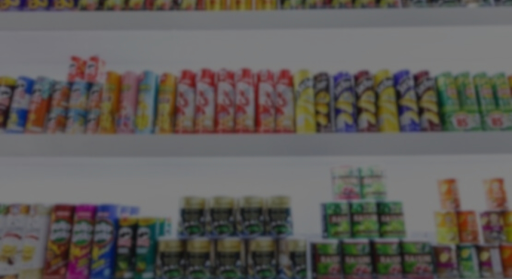Modern life is full of processed foods, and packaging technology plays a big part in food safety by preserving food products and extending their shelf life. As purveyors of food products, we understand the importance of packaging – it not only keeps our food safe and fresh, but it also provides an opportunity to showcase our unique brand and style.
But with so many options out there on the market today, it can be overwhelming to know which type of food packaging is the right fit for your business. That's where we come in. In this article, we'll delve into the intricate world of the food packaging industry, shed some light on food packaging technology and help guide you towards the perfect package for your products.
Types of Food Packaging
There are a plethora of food packaging options to choose from for your business needs. At Sonoco, we supply only the best quality paper can in the Asia region, which can be tailored to fit your product and process.
Paper cans present food manufacturer with an eco-friendly packaging choice crafted from recyclable materials. This sustainable option is particularly well-suited for dry food items such as snacks, powdered goods, and coffee. Beyond their environmental appeal, paper cans also provide the food industry with an appealing visual aesthetic that aligns with the eco-conscious consumer.
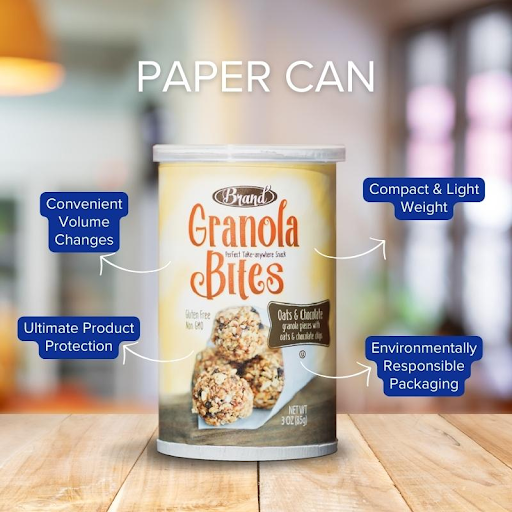
Sonoco provides a range of food packaging solutions tailored to diverse food categories. These flexible packaging options encompass popcorn packaging, nuts packaging, dried fruits packaging, cookie packaging, chips packaging, biscuit packaging, seasoning packaging, granola bites packaging, and the flexibility to customize packaging to suit your unique product and brand requirements.
Fundamentally, the diverse landscape of food packaging, encompassing the selection of the right packaging materials for different types of food, presents a multitude of options, each tailored to specific products, durability, consumer demands, and environmental considerations. The process of choosing the right type of food packaging entails meticulous evaluation of factors like product attributes, shelf life, and consumer inclinations. This thoughtful selection contributes significantly to a comprehensive and efficient food packaging strategy for food manufacturers and business brands
Tips for Choosing the Right Food Packaging for Business
1. The Product
When selecting the appropriate food packaging for your business, it's crucial to consider the unique characteristics of your food product. Whether you're packaging delicate baked goods, fresh produce, or frozen foods, the packaging should not only protect the contents but also complement their nature.
Consider factors such as the product's size, shape, and consistency. Packaging that fits snugly and showcases your product's attributes can enhance its appeal on the shelves. For instance, if you're selling irregularly shaped artisanal cookies, opting for flexible and form-fitting packaging might maintain their integrity and aesthetics.
2. The Display Aspect
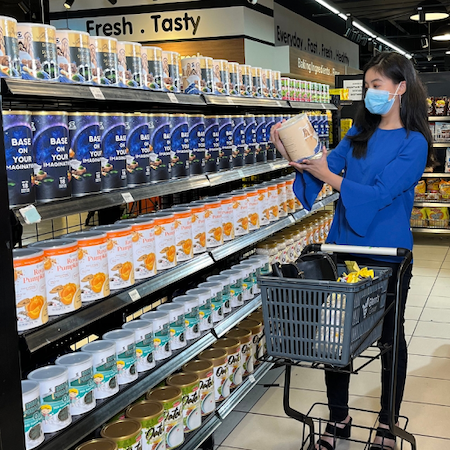
In today's competitive market, packaging is more than just a protective cover; it's a powerful marketing tool. Captivating and informative packaging can influence consumer buying decisions. Investing in professionally designed packaging that stands out on the shelves can pique the interest of potential customers.
Consider incorporating vibrant colours, creative graphics, and engaging imagery that resonate with your brand identity and the essence of your food product. Clear and concise labelling, including product information, nutritional facts, and any certifications, aids in building trust and transparency with consumers.
3. The Legal Aspect
Navigating the legal landscape of food packaging is paramount to avoid potential setbacks. Ensure your chosen packaging adheres to all relevant regulations and safety standards. This includes aspects such as proper labelling of allergens, ingredients, nutritional information, and any required warnings.
Non-compliance can result in legal complications, tarnishing your brand's reputation and potentially leading to recalls. Collaborate with legal experts or regulatory agencies to ensure your packaging aligns with local, national, and international requirements.
4. The Cost
While crafting appealing packaging is essential, it's equally vital to strike a balance between packaging costs and your business budget. Evaluate different packaging materials to find options that align with your financial constraints without compromising quality. Cost-effective materials can range from eco-friendly cardboard to innovative plastics designed for durability.
As you calculate packaging expenses, consider how they impact your overall product pricing strategy. Remember that packaging should enhance perceived value, but excessive costs could negatively impact profitability. Careful optimization of materials and design elements can achieve both cost efficiency and customer satisfaction.
5. Product Protection
The chosen packaging should guarantee food safety, prevent contamination, and safeguard against physical damage during transportation and handling. Whether it's protecting delicate baked goods from getting crushed or ensuring perishable items remain fresh, the packaging you choose must excel in maintaining the integrity of your products.
6. Sustainability & Feel-Good Factor
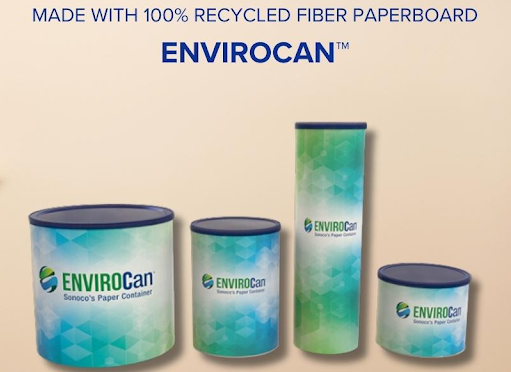
In today's environmentally conscious landscape, opting for sustainable packaging solutions can significantly enhance your brand's reputation and resonate with customers who prioritize eco-friendly choices. By embracing materials and designs that are recyclable, biodegradable, or reusable, you can tap into the "feel-good factor" associated with contributing to a healthier planet. Sonoco, for instance, offers the Envirocan—an excellent example of packaging that aligns with these values, striking a balance between functionality and sustainability.
7. Stable Supply Chain & International Standards
A stable food packaging supply chain is another crucial consideration. Partnering with a global company like Sonoco ensures production stability, even in the face of challenges like large-scale demands and unforeseen machinery breakdowns. This reliability translates to the ability to meet delivery deadlines consistently, which is essential in maintaining customer satisfaction and meeting market demands. Furthermore, adherence to international standards not only signifies the quality and safety of the packaging but also facilitates smoother global distribution, ensuring your products comply with regulations in various markets.
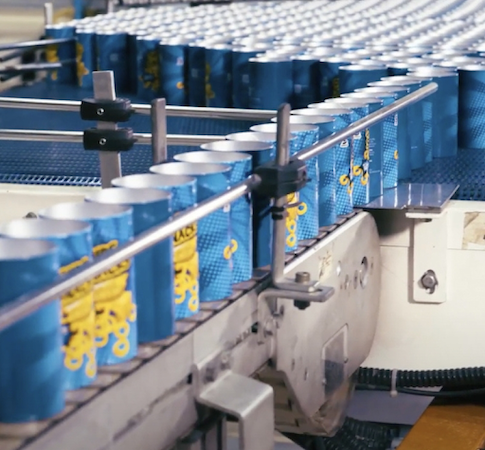
The right food packaging materials for your business should embody a blend of the nature of your product, the display aspects, legal requirements, cost considerations, product protection, sustainability, and operational efficiency – you can make informed decisions when choosing the right food packaging materials for your business.
Not only does good food packaging build brand recognition but also helps preserve food quality as well as attracts more customers to your business. By carefully evaluating these aspects and considering the innovative offerings of companies like Sonoco, you can confidently choose packaging materials and solutions that enhance your brand image, safeguard your products, and support your business goals on a local and international scale. This strategic approach ensures that your packaging not only protects your product but also resonates with consumers, complies with regulations, and supports your business's financial goals.
Conclusion
Selecting the right type of food packaging is a critical aspect of ensuring product quality, safety, and marketability. By considering factors such as the nature of the product, display appeal, legal requirements, cost-effectiveness, and sustainability, businesses can make informed decisions that benefit both their products and the environment. To explore sustainable and innovative food packaging, visit Sonoco Asia for envirocan. Make a positive impact on your business and the planet with their cutting-edge food packaging solutions.
